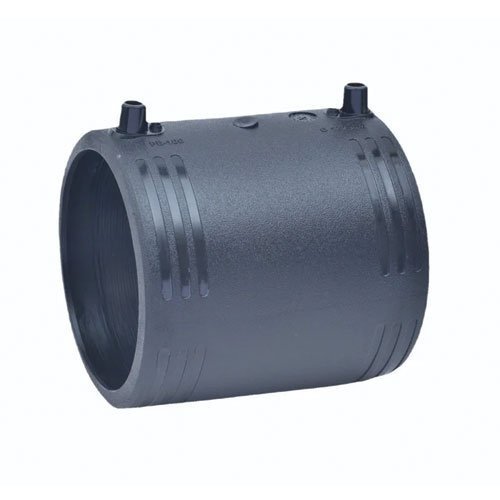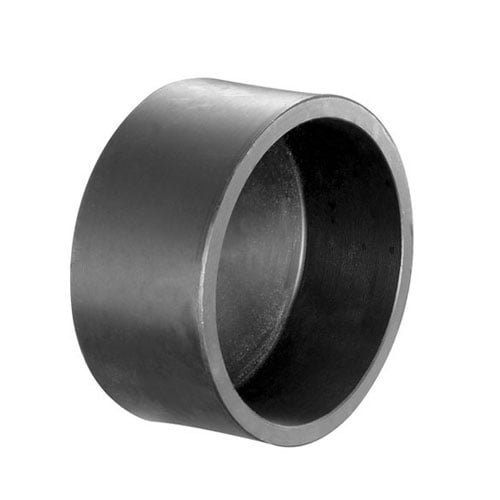In the realm of modern infrastructure and fluid management systems, High-Density Polyethylene (HDPE) pipe fittings stand out as versatile, reliable, and increasingly indispensable components. These fittings play a crucial role in connecting, diverting, and controlling the flow of fluids or gases in various applications, ranging from municipal water supply to industrial processes. In this blog post, we’ll delve into the world of HDPE pipe fittings, exploring their benefits, applications, and the reasons behind their growing popularity.
Understanding HDPE Pipe Fittings
HDPE pipe fittings are engineered components made from high-density polyethylene, a thermoplastic polymer known for its exceptional strength, durability, and chemical resistance. Unlike traditional materials like metal or concrete, HDPE offers unique advantages that make it a preferred choice for piping systems:
- Corrosion Resistance: HDPE is highly resistant to corrosion, making it ideal for use in aggressive environments such as wastewater treatment plants, chemical processing facilities, and coastal applications where exposure to saltwater is common.
- Flexibility: HDPE pipe fittings are inherently flexible, allowing for easy installation even in challenging terrain or areas prone to ground movement. This flexibility reduces the need for additional fittings and joints, minimizing potential points of failure and leakage.
- Lightweight: Compared to metal alternatives, HDPE fittings are lightweight, making transportation, handling, and installation more efficient and cost-effective. This characteristic also reduces the risk of injury during installation and maintenance activities.
- Longevity: HDPE pipe fittings have a long service life, with a proven track record of durability and performance. They are resistant to degradation from ultraviolet (UV) radiation, chemical exposure, and biological growth, ensuring reliable operation over decades of service.
- Leak-Free Joints: HDPE fittings are joined using heat fusion techniques, creating seamless, leak-free connections that eliminate the risk of leakage and contamination. This welding process results in strong, homogeneous joints that maintain their integrity under pressure and temperature fluctuations.
Applications of HDPE Pipe Fittings
The versatility of HDPE pipe fittings lends themselves to a wide range of applications across various industries:
- Water Supply and Distribution: HDPE fittings are commonly used in municipal water supply systems, providing reliable connections for transporting potable water to homes, businesses, and communities. Their resistance to corrosion and chemical degradation ensures the integrity of the water supply infrastructure.
- Wastewater Management: In wastewater treatment plants and sewage systems, HDPE pipe fittings play a critical role in conveying and treating effluent. Their durability and resistance to abrasion and chemical attack make them well-suited for the harsh conditions encountered in sewage networks.
- Gas Distribution: HDPE fittings are widely used in natural gas distribution networks due to their ability to withstand high-pressure applications. They offer a safe, reliable solution for transporting natural gas to residential, commercial, and industrial consumers.
- Mining and Industrial Applications: HDPE pipe fittings are employed in mining operations, industrial processes, and chemical plants for conveying abrasive slurries, acids, and other corrosive substances. Their robust construction and chemical resistance make them ideal for handling challenging fluids and environments.
- Landfill and Environmental Engineering: HDPE fittings are utilized in landfill leachate collection systems, environmental remediation projects, and stormwater management applications. Their resistance to chemicals and environmental stress cracking ensures long-term performance in demanding environmental conditions.
HDPE pipe fittings represent a cornerstone of modern piping systems, offering unparalleled versatility, durability, and reliability. From water distribution networks to industrial processes, their unique combination of properties makes them the fitting of choice for engineers, contractors, and operators worldwide. As infrastructure needs evolve and sustainability becomes increasingly important, HDPE fittings will continue to play a central role in shaping the future of fluid management systems, providing efficient, leak-free solutions for the challenges of tomorrow.
Types of HDPE Pipe Fittings
High-density polyethylene (HDPE) pipe fittings are crucial components used in various piping systems for connecting, terminating, diverting, or controlling the flow of fluids or gases. Here are some common types of HDPE pipe fittings along with their uses:
- Couplings: Couplings are used to connect two HDPE pipes together. They come in various designs such as slip-on, threaded, or mechanical couplings, providing flexibility in joining pipes of different sizes or materials.
- Elbows: HDPE elbows are fittings with a 90-degree or 45-degree bend, allowing changes in the direction of the piping system. They are commonly used to navigate around obstacles or to create turns in the pipeline.
- Tees: Tees are fittings shaped like the letter “T” that allow the splitting of fluid flow into two directions or the joining of two pipes at a 90-degree angle. They are used in branching pipelines or for connecting pipes of similar diameters.
- Reducers: Reducers are fittings used to connect pipes of different diameters. They allow for smooth transition between different pipe sizes, ensuring proper flow and pressure within the system.
- End Caps: End caps, also known as pipe caps or plugs, are used to seal the end of a pipe. They prevent leakage and contamination while also providing easy access for maintenance or inspection purposes.
- Flanges: HDPE flanges are used to connect HDPE pipes to valves, pumps, or other equipment. They provide a strong, leak-proof connection and allow for easy disassembly when necessary.
- Valves: Valves are used to control the flow of fluids or gases within the piping system. HDPE valves come in various types such as ball valves, gate valves, and butterfly valves, each suited for specific applications and operating conditions.
- Adapters: Adapters are fittings used to connect HDPE pipes to pipes made of different materials or to transition between different pipe systems. They ensure compatibility and proper sealing between the connected pipes.
- Saddles: Saddles are fittings used to tap into an existing pipeline without the need for cutting or welding the main pipe. They are commonly used for installing branch lines or connecting service lines to the main pipeline.
- Expansion Joints: Expansion joints are flexible fittings used to accommodate thermal expansion and contraction in the piping system. They prevent damage to the pipes and fittings caused by temperature fluctuations.
Each type of HDPE pipe fitting serves a specific purpose in a piping system, and proper selection and installation are essential to ensure efficient and reliable operation. Additionally, considering factors such as pressure rating, temperature range, chemical compatibility, and installation requirements is crucial when choosing HDPE pipe fittings for a particular application.








